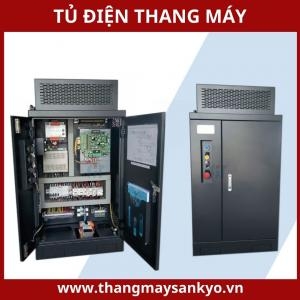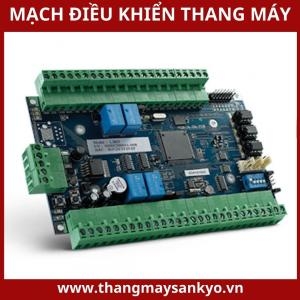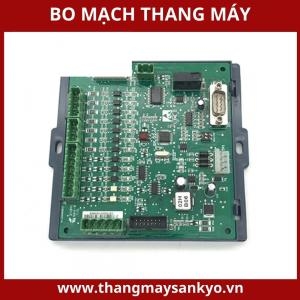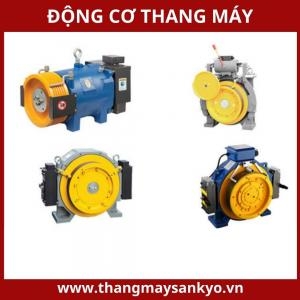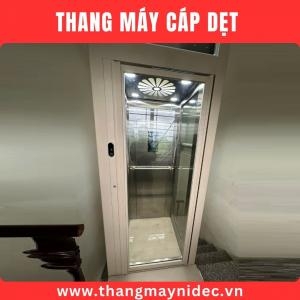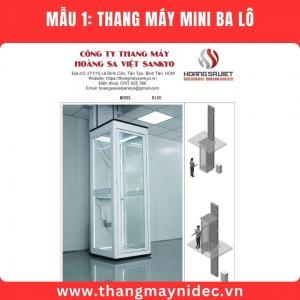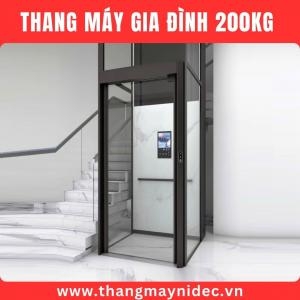The system is processing. Please wait a moment!
- Home Products ELEVATOR ACCESSORIES Elevator Control Cabinet
Elevator Control Cabinet
+ Sicor 1.5kw inverter - single phase - 208v
+ Sicor 2.2kw inverter - single phase - 208V
+ Sicor 4kw inverter - three phases - 360V
+ Sicor Inverter 5.5kw - three phases - 360V
+ Sicor Inverter 7.5kw - three phases - 360V
+ Sicor Inverter 11kw - three phases - 360V
+ Sicor Inverter 15kw - three phases - 360V
+ Sicor Inverter 18.5kw - three phases - 360V
+ Sicor 22kw Inverter - three phases - 360V
What is an elevator control cabinet?
Elevator control cabinet , also known as elevator electrical cabinet, is an important and indispensable part of the modern elevator system. Considered the brain of the elevator, the control cabinet plays an intermediary role, collecting data from other devices, analyzing and ensuring safety factors before sending control commands to help the cabin move. With a flexible structure and designed according to the specific requirements of the user, the elevator control cabinet not only ensures accuracy and convenience in control but also increases the safety and efficiency of the elevator. The stable operation of the elevator depends a lot on the control cabinet, from the process of moving the cabin, opening and closing the floor doors to stopping accurately at the floors. Thanks to the control cabinet, all elevator activities are monitored and adjusted promptly, bringing the best user experience and peace of mind to the user.
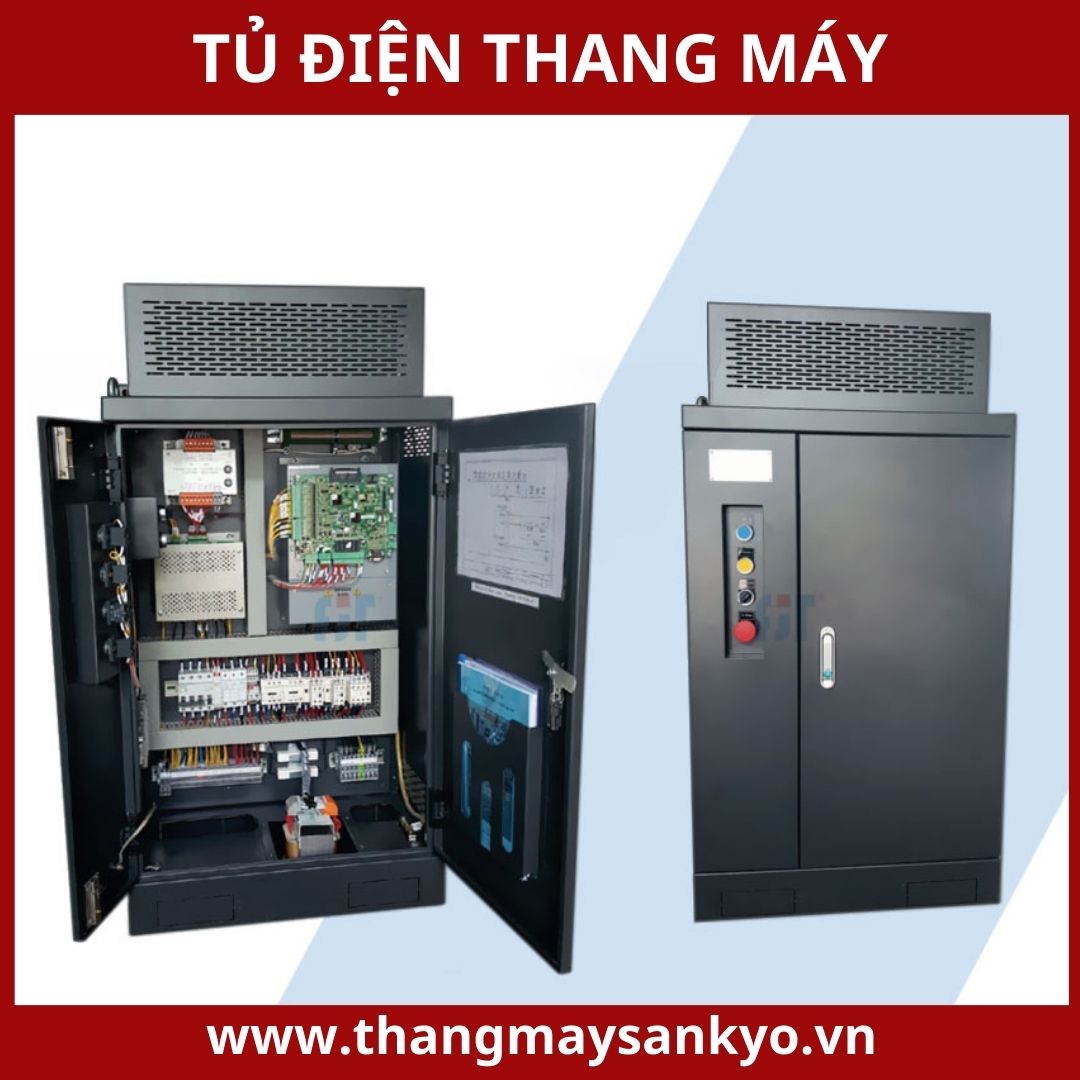
Control cabinet installation location
The location of the elevator control cabinet depends largely on the design of each project and building. Because each project has a different design and architecture, the location of the control cabinet also changes to suit the specific conditions of each location. For small projects or private houses with limited space for elevators, the control cabinet is often installed at the door of the highest floor. This helps to optimize the usable space and ensure that the cabinet is in the most convenient location for elevator operation.
In contrast, for larger buildings using machine room elevators, the control panel is often installed in the machine room located at the top of the building. This machine room often contains other important equipment such as the traction machine, controller, and auxiliary equipment, helping to ensure that all components of the elevator system are properly arranged and easily accessible when maintenance or repair is needed.
Although the location of the electrical cabinet may vary depending on the design and requirements of each project, one thing in common is that they are all located in an easy-to-operate location. This makes it easy for technical staff to perform maintenance, repair and troubleshooting when necessary. Ensuring that the control cabinet is easily accessible not only helps maintain the performance of the elevator but also contributes to improving the safety and reliability of the system. Therefore, the selection and installation of the location of the elevator control cabinet must be done carefully and thoroughly, in accordance with the structure and design of each building to ensure convenience and efficiency in operation.
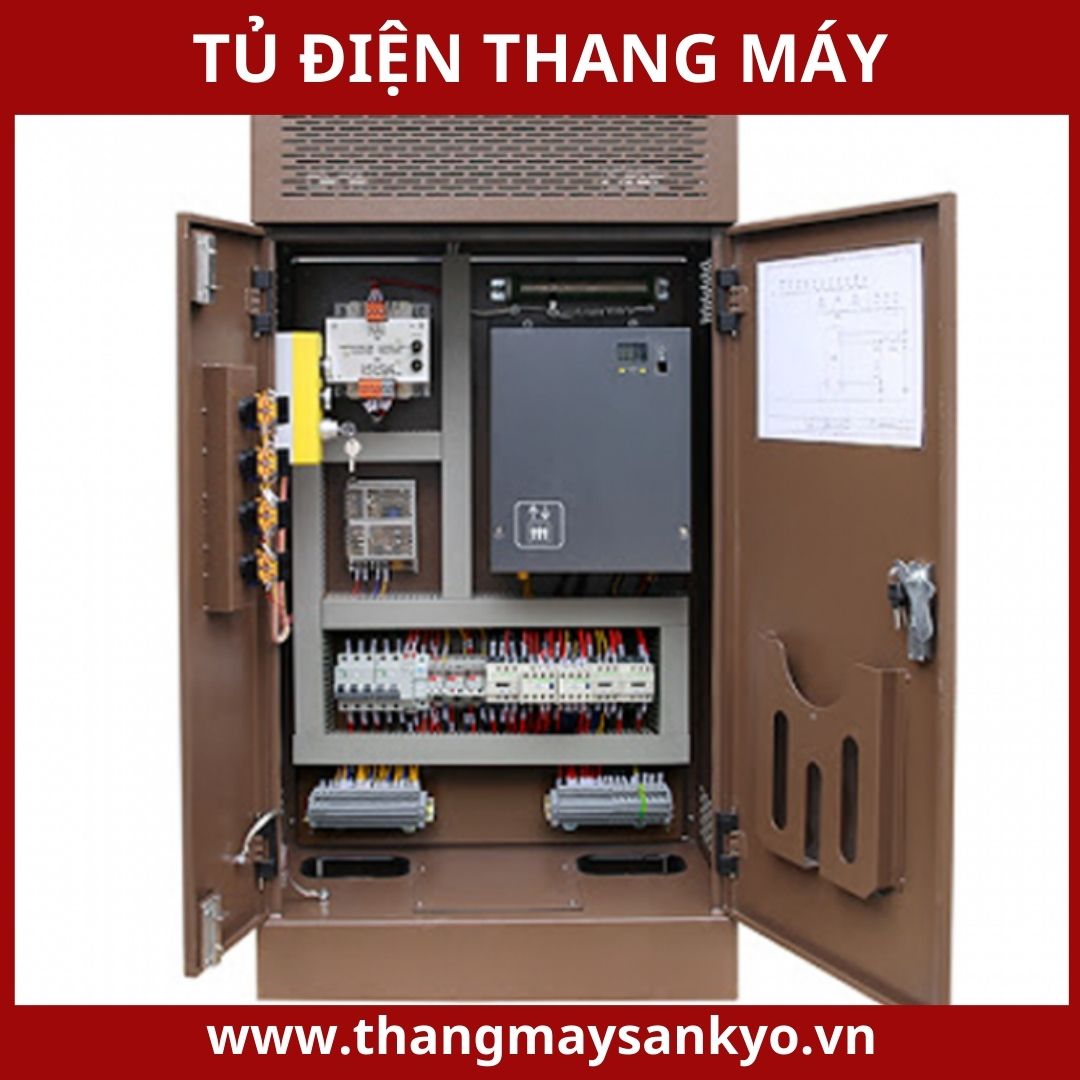
Control cabinet function
The compact design of the elevator control cabinet offers considerable flexibility and convenience, which is especially useful for machine-roomless elevators where there is not enough space to place the entire control cabinet in the machine room. Thanks to this design, the functional boards can be installed vertically, adjacent to each other or in small, separate areas, helping to optimize space and meet the different technical requirements of each project.
A notable point in the design of the elevator control cabinet is the safety signal board, which is equipped with separate safety signal indicator lights to avoid confusion with other signals, while facilitating maintenance and repair work. All system inputs and outputs can be programmed to change polarity (normally closed/normally open, normal/reverse) and function, enhancing the flexibility and customization of the system.
The microprocessor control system of the elevator control cabinet is capable of managing up to 40 stops, groups of 8 elevators and elevator speeds of up to 4 m/s, meeting the strict requirements of modern high-rise buildings. CAN bus communication technology, integrated in the system, ensures fast and accurate data transmission, meeting the latest achievements in communication technology.

The elevator control cabinet can also be used for all types of elevators, including passenger elevators, freight elevators and food elevators, providing flexibility and wide application. Common functions such as floor deletion, priority, energy saving and fire alarm are all built-in, along with temperature monitoring and traction machine braking capabilities, helping to improve the efficiency and safety of elevator operation.
Another outstanding feature is the ability to record real-time errors, along with an LCD setup screen that can be installed anywhere on the CAN bus. System parameters are divided into functional groups, making it easy to set up and monitor input and output signals. In addition, users can also save, upload and download parameters directly on the setup screen, creating convenience and flexibility in managing and adjusting the system.
Thanks to these advanced designs and features, the elevator control cabinet not only ensures safety and efficiency in operation but also brings maximum convenience and flexibility to users and technical staff. This makes it an ideal choice for modern elevator systems in high-rise buildings and projects requiring high technical standards.
PRICE SUCCESSFUL!
PRICE UNSUCCESSFUL!
Hiện chưa có đánh giá nào về sản phẩm này!




